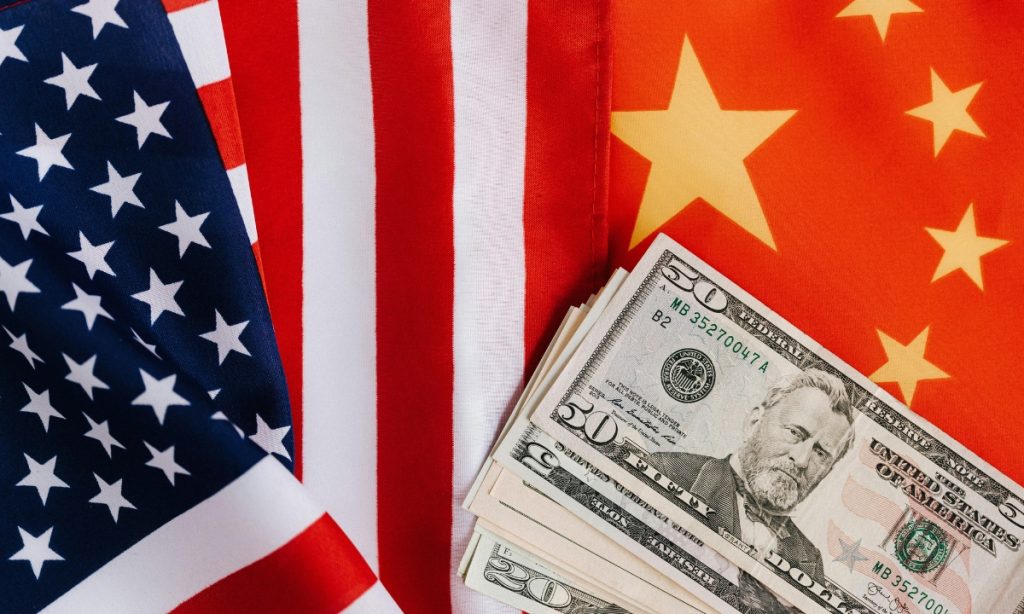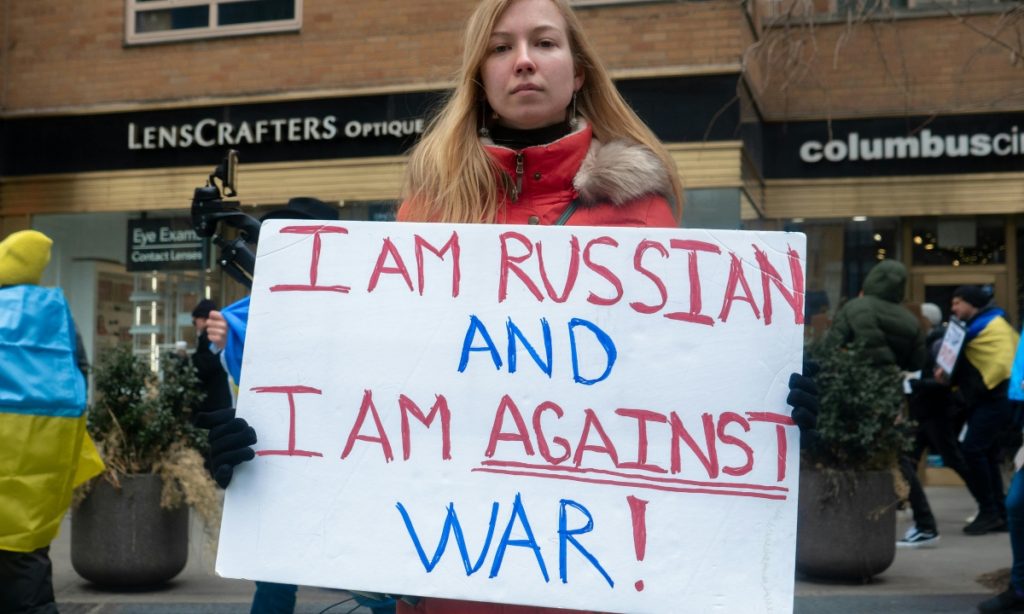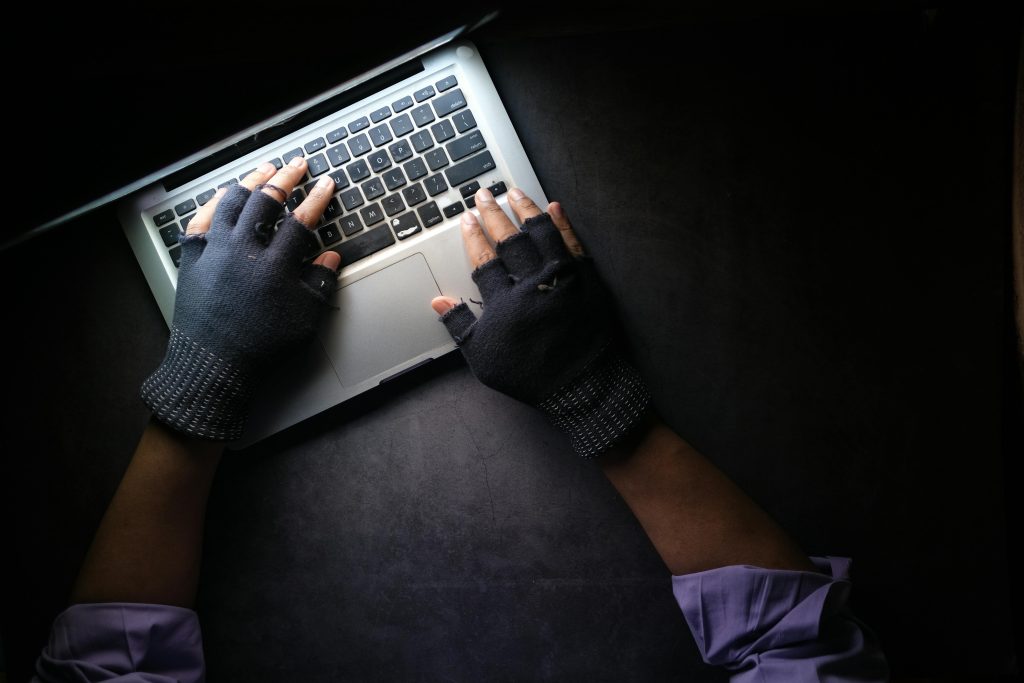How has the digitalization of international system reshaped traditional warfare, sparking strategic clashes in the post-information era? Explore its theoretical implications for modern conflict.
Table of Contents
1. Introduction
The 21st century has ushered in a new paradigm of warfare, where the digitalization of the international system has revolutionized how conflicts are conceived, fought, and resolved. Traditional warfare—once defined by territorial control, armies, and visible military engagements—has evolved into a complex, technology-driven struggle over information, networks, and algorithms.
In the post-information era, the decisive advantage no longer lies solely in conventional military might, but in control over digital infrastructure, data flows, artificial intelligence, and cyberspace. This transformation has blurred the boundaries between peace and conflict, military and civilian, and national and global security.
As a result, strategic clashes today often occur in unseen digital domains, manifesting as cyberattacks, information manipulation, technological espionage, and digital coercion—creating new theoretical challenges for understanding power and conflict in the modern world.
2. Understanding the Digitalization of International System
Digitalization refers to the integration of information and communication technologies (ICTs) into all aspects of global governance, economy, and security. The international system—once shaped by industrial and geopolitical factors—is now influenced by data sovereignty, network control, and digital dependence.
In this new context:
- States compete for dominance over digital infrastructure (e.g., 5G, semiconductor chips, and AI).
- Information warfare shapes public opinion and destabilizes political systems.
- Cybersecurity becomes a key dimension of national defense.
Thus, power is increasingly measured not by the size of armies but by technological sophistication, cyber capabilities, and information control.
3. Traditional Warfare vs. Digital-Age Warfare: A Comparative View
| Aspect | Traditional Warfare | Digital/Post-Information Warfare |
|---|---|---|
| Nature of Conflict | Physical and territorial | Virtual, informational, and cybernetic |
| Actors | Nation-states | States, corporations, non-state actors, hackers |
| Weapons | Kinetic (guns, missiles) | Non-kinetic (malware, algorithms, data) |
| Objective | Land and resource control | Information dominance, system disruption |
| Visibility | Open battlefields | Hidden, anonymous, and deniable |
| Deterrence | Military strength | Cyber deterrence, data control |
This evolution represents not just a technological shift, but a paradigmatic change in how war is understood and conducted.
4. Dimensions of Digitalized Warfare in the Post-Information Era
a. Cyber Warfare
Cyber warfare is the deliberate use of digital attacks to damage or disrupt computer systems, networks, or data. It allows states to cripple economies, steal intelligence, or sabotage defense systems without traditional confrontation.
Examples include:
- Stuxnet (2010): A U.S.-Israeli cyberattack on Iran’s nuclear facilities.
- Russian cyber operations against Ukraine and Western infrastructure.
Such actions show that cyber tools can achieve strategic outcomes equivalent to military strikes—but with plausible deniability.
b. Information and Psychological Warfare
Information has become both a weapon and a battlefield. Through disinformation, fake news, and algorithmic manipulation, adversaries can destabilize societies and influence elections.
Social media warfare—like Russian interference in U.S. elections (2016)—demonstrates that psychological influence now substitutes for physical occupation, targeting public trust, national unity, and political legitimacy.
c. Artificial Intelligence (AI) and Automation
AI has revolutionized surveillance, defense logistics, and weapon targeting systems. Machine learning algorithms can predict enemy movements, control drones, and even engage in autonomous decision-making.
However, the use of AI raises ethical and strategic questions—Who is accountable for an autonomous drone strike? Can machines distinguish combatants from civilians?
Thus, digital warfare introduces moral and legal ambiguities absent in traditional conflicts.
d. Space and Satellite Warfare
Satellites enable communication, navigation, and intelligence gathering. Their digitalization has created a new conflict domain: space warfare.
Cyberattacks on satellite systems, jamming of GPS, or anti-satellite missiles represent the militarization of the digital heavens, as seen in U.S.–China–Russia competition.
e. Hybrid and Asymmetric Conflicts
Hybrid warfare combines traditional military force with cyber operations, propaganda, and economic coercion.
For instance, in the Russia-Ukraine conflict, Moscow combined troop movements with cyberattacks and disinformation, creating confusion and paralyzing response mechanisms.
Digitalization thus empowers weaker actors to wage asymmetric wars, balancing power through technology rather than force.
5. Strategic Clashes Arising from Digitalization
a. Technological Arms Race
A new digital arms race is underway among major powers. The U.S., China, and Russia compete for supremacy in artificial intelligence, quantum computing, and cyberspace capabilities.
This race has redefined national security priorities, making technological innovation the new form of deterrence.
b. State and Non-State Cyber Actors
Digital tools empower non-state actors—hacktivists, terrorist groups, and cybercriminals—to challenge powerful states. Groups like Anonymous and state-sponsored hackers blur the line between state and private warfare.
c. Digital Espionage and Intelligence Warfare
Intelligence agencies now rely heavily on data interception, algorithmic analysis, and cyber infiltration. Incidents like Edward Snowden’s revelations exposed how surveillance capitalism and state monitoring have become global security instruments.
d. Weaponization of Data and Social Media
Social media platforms are used to shape narratives, incite unrest, and manipulate foreign populations. Data is weaponized for psychological control, with algorithms determining what societies believe.
e. Economic and Technological Rivalries
Digitalization has sparked strategic rivalries over 5G technology, semiconductor supply chains, and data governance.
For instance, the U.S.–China trade war is as much a technological competition as an economic one—centered around who controls the digital future.
6. Theoretical Implications for Modern Conflict
a. Realism: Power and Anarchy in Cyberspace
From a Realist perspective, cyberspace is an anarchic domain where states seek power and survival. Digitalization merely adds another arena for the pursuit of national interest.
Cyber capabilities are seen as tools for deterrence and coercion—mirroring the logic of military arms races. Realists argue that digital dominance ensures geopolitical superiority, as seen in the U.S.–China AI competition.
b. Liberal Institutionalism: Cooperation and Governance Challenges
Liberals highlight the need for international cooperation and norms to manage digital conflict.
Institutions such as the UN Group of Governmental Experts on Cybersecurity and the Tallinn Manual on Cyber Warfare aim to establish rules of engagement in cyberspace.
However, the lack of enforceable mechanisms makes governance difficult, illustrating the limits of liberal cooperation in a decentralized digital order.
c. Constructivism: Information, Identity, and Perception
Constructivists emphasize that reality in the post-information era is socially constructed through digital narratives.
Wars are fought not only for material gains but also to shape perceptions, identities, and legitimacy.
For example, Russia’s narrative framing during the Ukraine conflict demonstrates how information shapes international legitimacy and moral justification.
d. Postmodernism: Virtualization and Simulacra of War
Postmodern theorists like Jean Baudrillard argue that digitalization creates “hyperreality”, where images and simulations replace actual events.
Modern warfare thus becomes virtualized—experienced through media and cyberspace rather than physical battlefields.
This blurring between reality and simulation makes war perpetual, invisible, and psychological.
7. Case Studies and Real-World Examples
- Russia–Ukraine War (2014–2025): Cyberattacks on power grids, GPS spoofing, and online propaganda campaigns have been critical elements of the conflict.
- U.S.–China Rivalry: Competition in AI, 5G, and quantum computing illustrates the new “techno-nationalism.”
- Iran–Israel Cyber Clashes: Both nations routinely attack each other’s digital and industrial infrastructure.
- North Korea’s Cyber Operations: The Lazarus Group’s cyber thefts show how digital warfare can fund isolated regimes.
- ISIS Digital Caliphate: Use of internet platforms for recruitment and propaganda transformed terrorism into an online movement.
8. Challenges in the Digitalized Warfare Landscape
- Attribution Problem: Difficult to identify perpetrators of cyberattacks, making retaliation complex.
- Lack of International Law: No universally binding framework governing cyberwarfare.
- Civil-Military Overlap: Civilian infrastructure becomes a target, violating traditional laws of war.
- Moral and Ethical Dilemmas: Autonomous weapons and AI challenge notions of human accountability.
- Digital Inequality: Technological gap widens between developed and developing nations, creating a “digital divide” in security capacity.
9. Future Prospects and Ethical Considerations
The future of warfare will depend heavily on how nations balance technological innovation with ethical governance.
- The rise of quantum computing may redefine encryption and cyber defense.
- Artificial intelligence ethics will shape rules of engagement.
- Digital diplomacy and cyber treaties will become crucial for stability.
Without global cooperation, digitalization risks creating a perpetual low-intensity conflict—“a state of cyber cold war.”
10. Conclusion
The digitalization of the international system has profoundly transformed the nature of warfare and strategic competition. Conflict has migrated from the battlefield to cyberspace, from physical destruction to informational domination.
In the post-information era, power lies not in territorial control but in controlling data, algorithms, and digital networks. This transformation challenges traditional theories of international relations, requiring scholars and policymakers alike to rethink the meanings of war, power, and peace.
Ultimately, digitalization offers both opportunities for global connectivity and risks of unprecedented strategic instability. The task ahead is to ensure that the tools of innovation do not become instruments of perpetual conflict in the invisible realms of the digital world.










